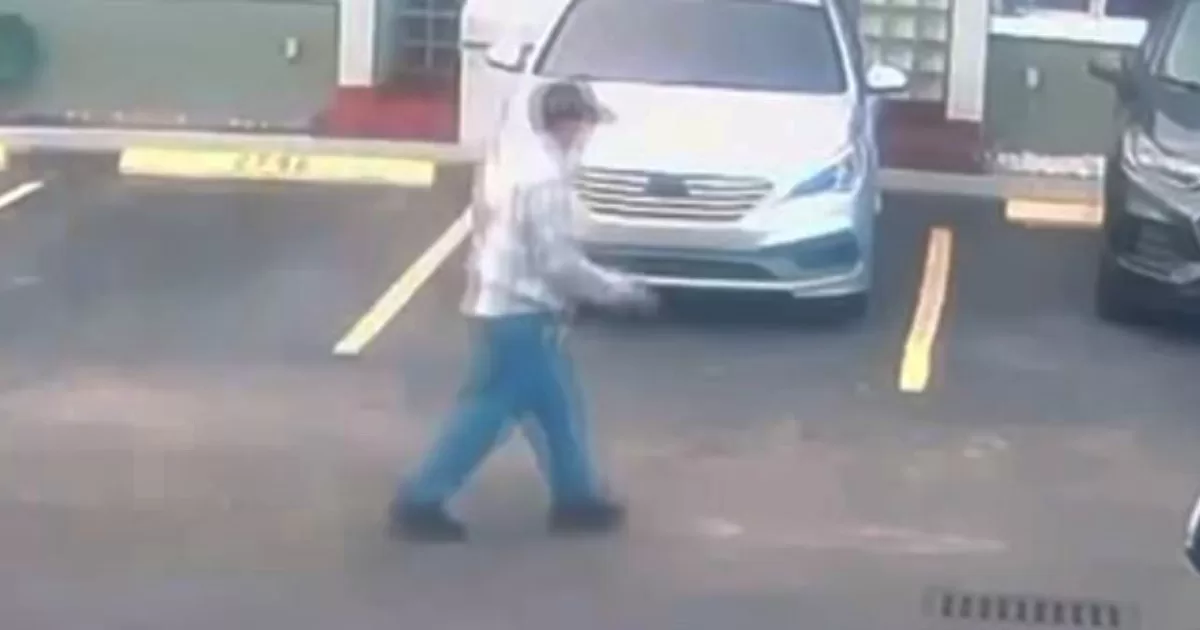Unveiled in September 2022, this roadmap has evolved into a ten-step plan. For the moment, very few countries have approved this formula, despite kyiv’s requests.
kyiv can count on Paris. French President Emmanuel Macron reaffirmed, on Sunday February 19, his support for the “peace plan” that his Ukrainian counterpart, Volodymyr Zelensky, has been promoting for several months among his allies. In a telephone interview, the French president also assured that he “would support this initiative on the international scene, during the next diplomatic events”. An essential point, because Volodymyr Zelensky is struggling for the moment to convince his Western partners about this plan.
>> Find the latest news related to the war in Ukraine in our live
Franceinfo returns in four questions to this roadmap which represents, for the Ukrainian government, the only acceptable way out of the conflict which opposes it to Russia.
1 How long has Volodymyr Zelensky been offering this plan?
We have to go back to September 21, 2022 and a United Nations general assembly (article in English) in New York (United States) to find the first traces of the plan drawn up by the Ukrainian president. In a pre-recorded video message, Volodymyr Zelensky had then proposed a “peace formula” in five points, punishing “Russian Aggression” and restoring the security and territorial integrity of his country. He also insisted on the creation of a special court to judge the “crimes committed by the Russian army” on Ukrainian territory.
On November 15, during a G20 meeting in Bali (Indonesia), the Head of State proposed a more precise plan to the leaders of the largest industrialized countries, articulated this time around ten points deemed fundamental. “There is a Ukrainian formula for peace. Peace for Ukraine, Europe and the world”, he commented on his Telegram channel (text in Ukrainian)shortly after presenting its roadmap.
2 What are the conditions imposed by kyiv?
The ten essential points in fact bring together the demands of the Ukrainian government since the beginning of the conflict. The first concerns the “radiological and nuclear security”, focusing on restoring safety around the Zaporizhia nuclear power plant. The second point refers to the protection of Ukrainian grain exports. The peace plan proposed by Kiev then calls, pell-mell, for price restrictions on Russian energy resources, the restoration of the Ukrainian electricity grid, the release of all prisoners and deportees, including war prisoners and displaced children. in Russia.
Ukraine also calls for the restoration of its territorial integrity – a point “non-negotiable”, warned Volodymyr Zelensky, cited by the Guardian (article in English). The sixth point concerns the withdrawal of Russian troops and the cessation of hostilities, as well as the restoration of borders between the two countries.
The last points relate to longer-term considerations: justice, with the creation of a tribunal for war crimes, “Environmental Protection”, with particular attention to demining and restoring water treatment facilities. kyiv finally calls for guarantees to avoid “an escalation of the conflict” on its territory, but also to preserve security in the Euro-Atlantic area. The roadmap contains one last point: the confirmation of the end of the war, through the signing of a document by the parties concerned.
3 What does Moscow think?
Silent for several weeks after the presentation of this plan, Russia ended up rejecting the Ukrainian initiative as a whole. In an interview given on December 29 to the official RIA Novosti news agency (article in Russian)the head of Kremlin diplomacy, Sergei Lavrov, considered that this roadmap was only a “illusion” of Volodymyr Zelensky, before declaring that the latter was perhaps no longer “sane”.
“Obviously, kyiv is not ready for dialogue”, he then criticized. “Putting forward all sorts of ideas and ‘peace formulas’, Volodymyr Zelensky nurtures the illusion of realizing, with the help of the West, the withdrawal of our troops from the Russian territory of Donbass, Crimea, Zaporizhia and the Kherson region, the payment of reparations by Russia, participation ‘with confessions in international tribunals’…” For the Russian Foreign Minister, there is no question of “to speak with anyone under these conditions”. A position that has not changed since.
4 Which countries support this initiative?
Apart from France, which intends to promote the Ukrainian plan on the international scene, very few nations have publicly indicated that they share kyiv’s demands. We find for the moment Austria, whose Federal President, Alexander Van der Bellen, believes that this plan can lead to a ceasefire. But also Israel, whose Foreign Minister Eli Cohen said on Twitter (in English) on February 16 that he “[porterait] the Ukrainian peace initiative” before the United Nations.
Since December 2022, Volodymyr Zelensky has been offering to organize a “sworld peace summit”to use the expression used by the Ukrainian Presidency on his site (in Ukrainian). A hypothetical meeting, at which the Ukrainian head of state would like Russia to do “a concrete and significant step towards a diplomatic settlement, which Moscow talks about so regularly”.
While waiting to find out whether such a summit will actually be organized, Ukraine is trying to obtain the support of major powers during bilateral talks. December 26, Volodymyr Zelensky said on Twitter (in English) having mentioned this roadmap during a call with his Indian counterpart, Prime Minister Narendra Modi. But the discussion has so far not led to official support. While US President Joe Biden made a surprise visit to Kiev on Monday February 20, the subject could come back to the negotiating table, this time between Ukraine and the United States.

